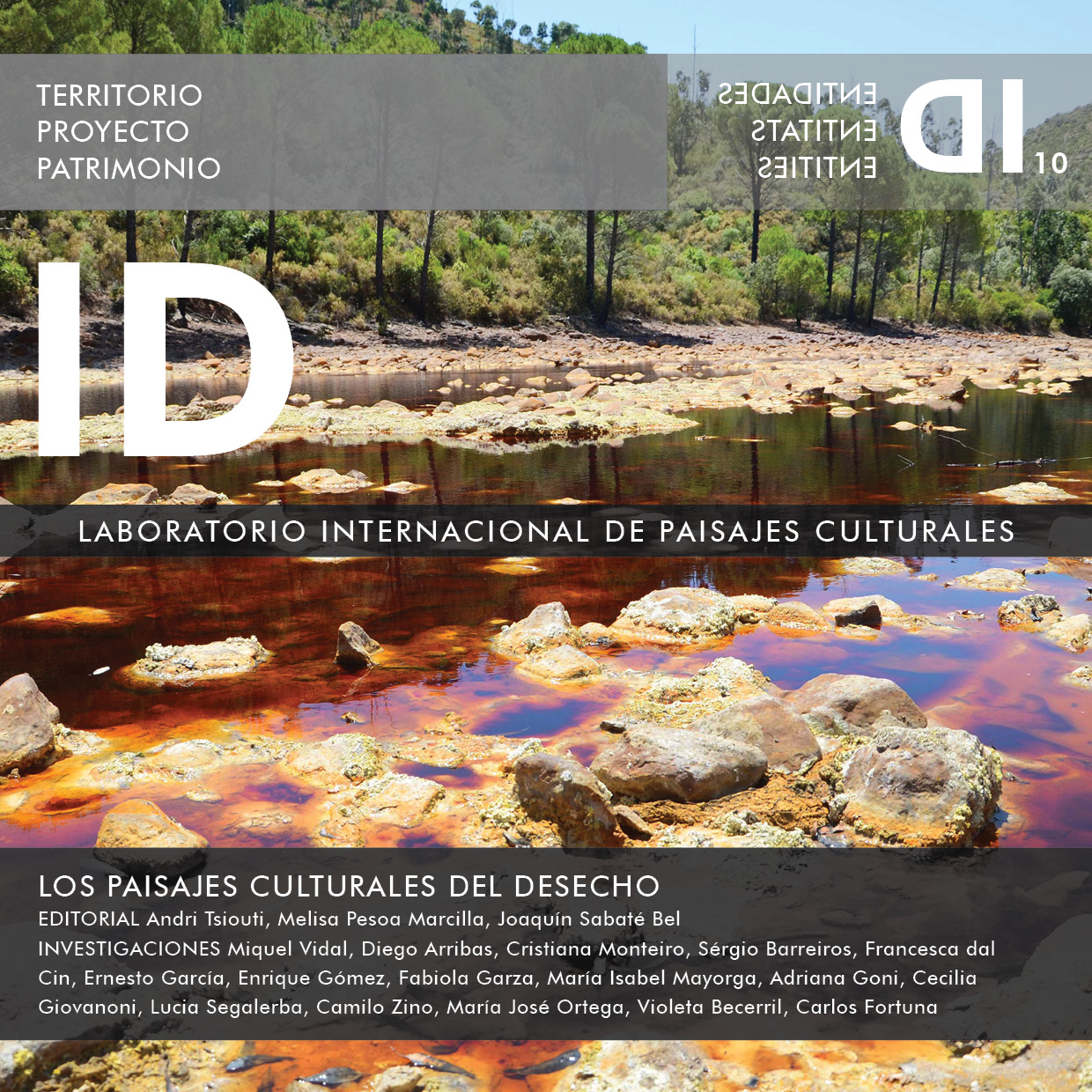THE RUINS OF THE BOLEO COMPANY IN BAJA CALIFORNIA SUR
Identification of the remains of copper mining and their industrial heritage in the landscape
DOI:
https://doi.org/10.5821/id.10680Abstract
A territorial concession granted at the end of the 19th century to a French mining company led to the founding of a new city: Santa Rosalía, in Baja California Sur. In the first half of the 20th century, the city was the pioneer company town in copper extraction in Mexico is at its economic peak, but from the second half of the 20th century, mineral depletions began in the population system and in the most productive copper mines. The entry into the post-industrial period, the bankruptcy of the French company and the abandonment has left industrial traces in the landscape and throughout the population. The 21st century presents us with the challenge of correctly identifying these elements that leads us to preserve the identity of a territory rich in heritage resources. Despite the economic decline, Santa Rosalía has a valuable industrial heritage that still exists and is currently in deterioration. The objective of the work is to recognize the industrial footprints in the territory through an analysis methodology based on the compilation of maps, plans and the creation of drawings to answer and interpret the legacy of its ruins, making a reading of its most significant episodes.
Downloads
Published
Issue
Section
License
Copyright (c) 2021 Creative Commons

This work is licensed under a Creative Commons Attribution-NonCommercial-ShareAlike 4.0 International License.
Those authors who have publications with this journal, accept the following terms:
a. Authors will retain their copyright and guarantee the journal the right of first publication of their work, which will be simultaneously subject to the Creative Commons CC BY-NC-ND-4.0 recognition license that allows third parties to share the work provided that its author and its first publication are indicated in this journal, but they cannot be changed or used commercially.
b. Authors may adopt other non-exclusive license agreements for the distribution of the version of the published work (eg: deposit it in an institutional telematic archive or publish it in a monographic volume) provided that the initial publication in this journal is indicated.
c. Authors are allowed and recommended to disseminate their work through the Internet (e.g. in institutional telematic files or on their website) before and during the submission process, which can lead to interesting exchanges and increase citations. of the published work. (See The effect of open access).













